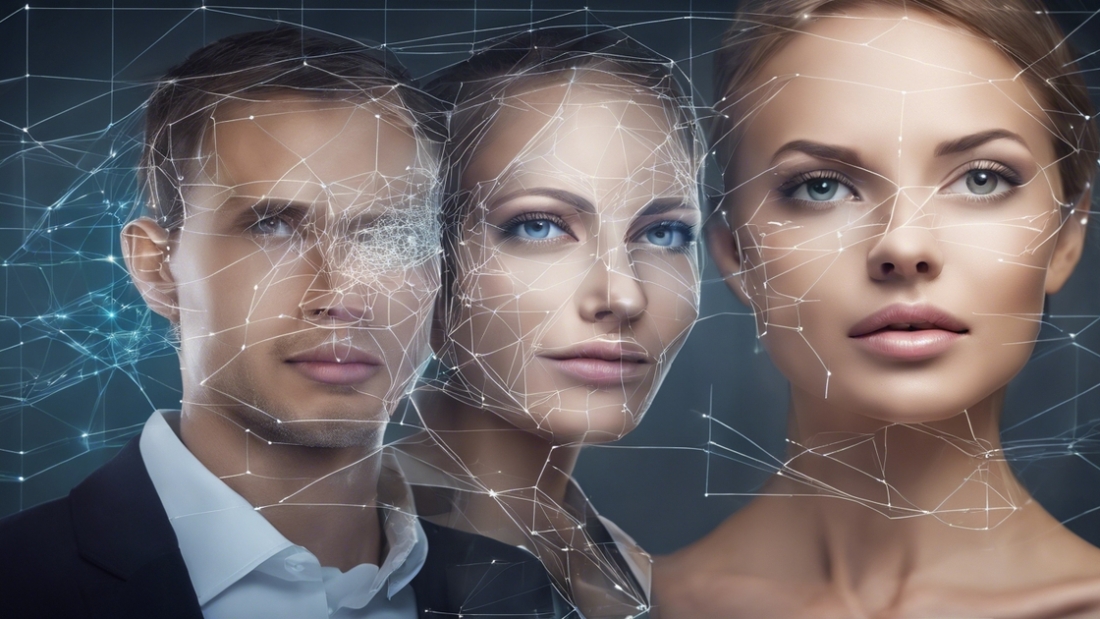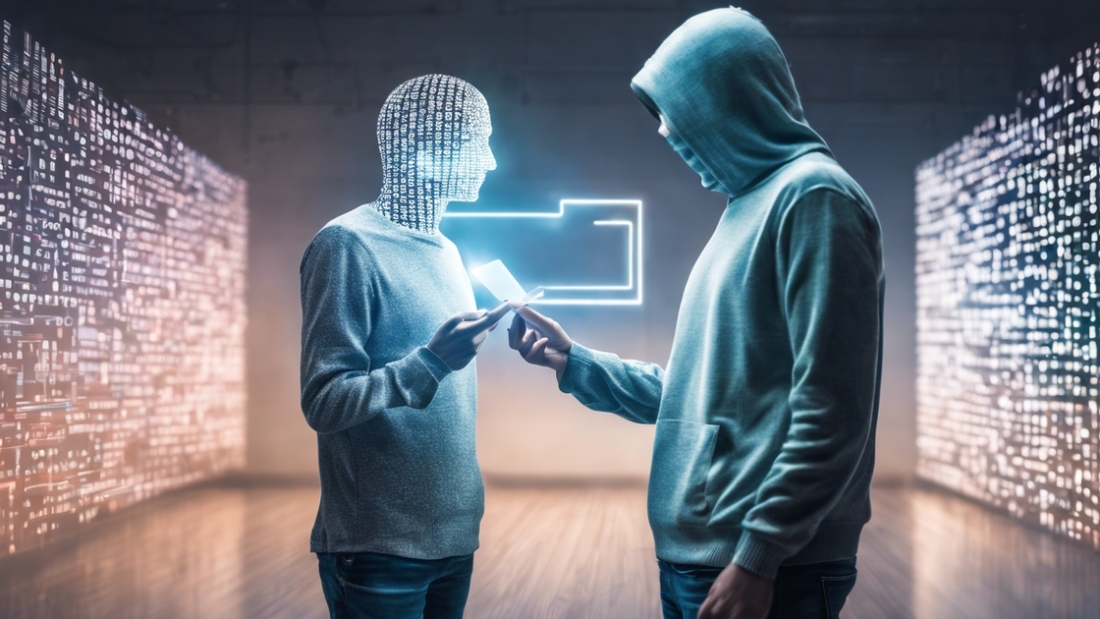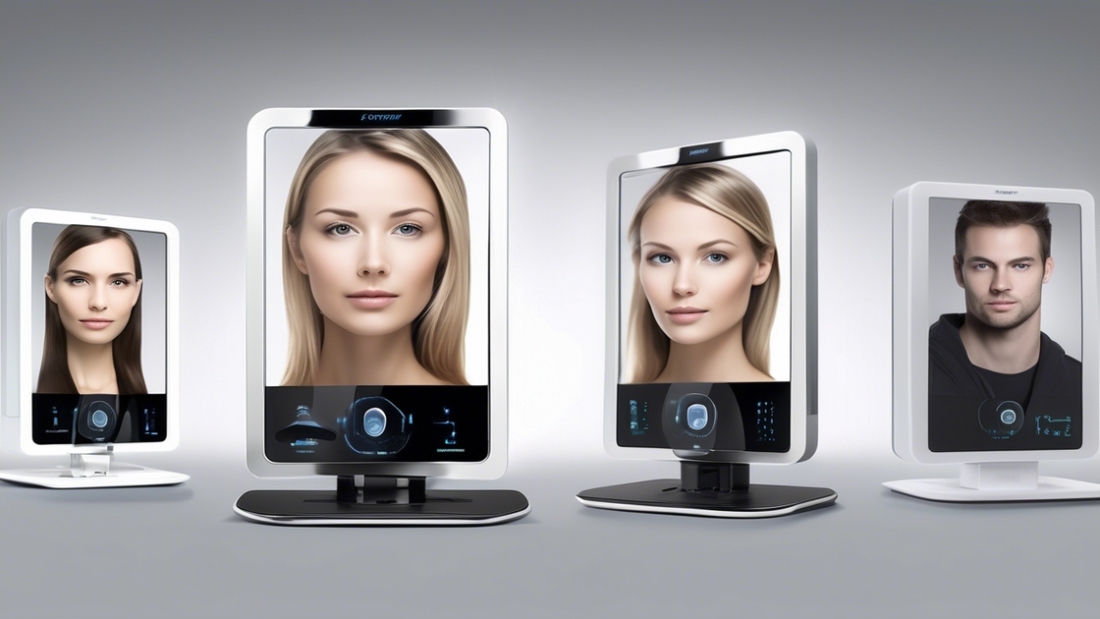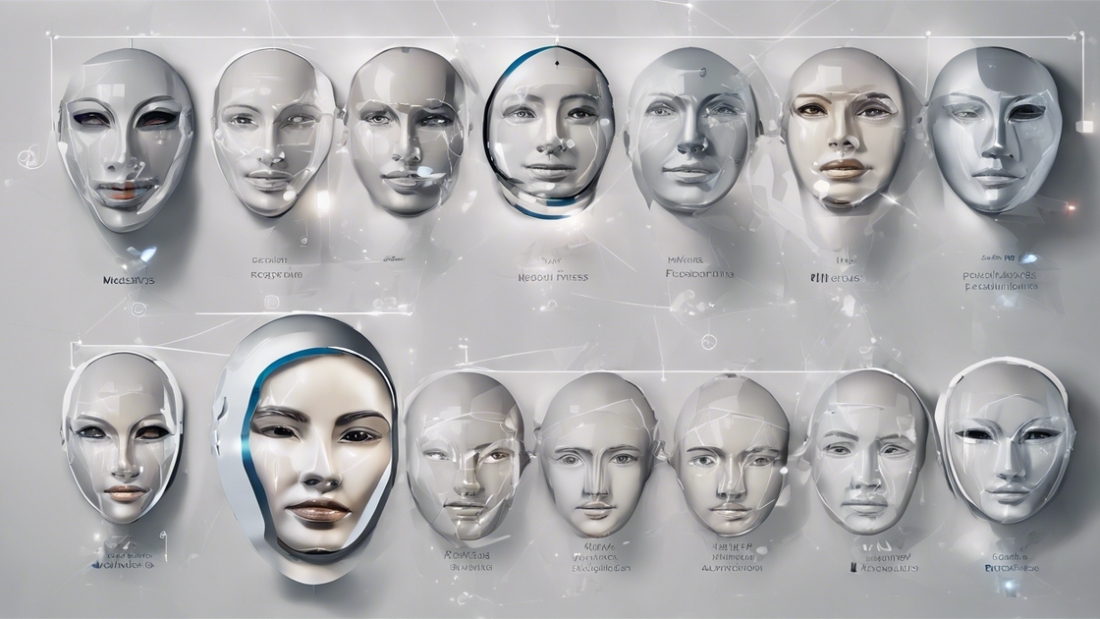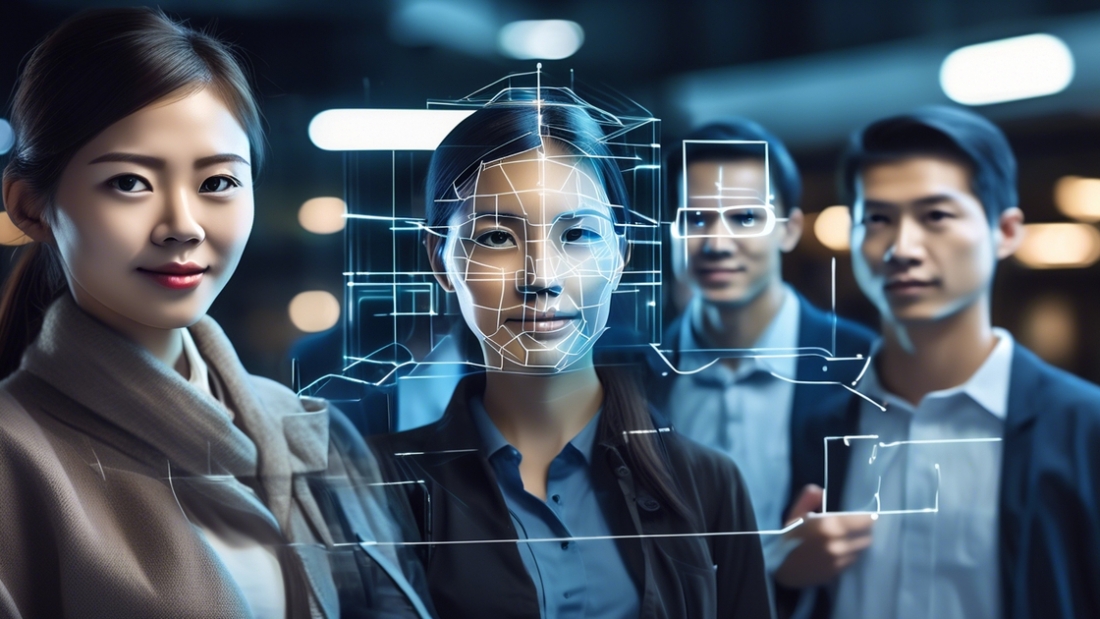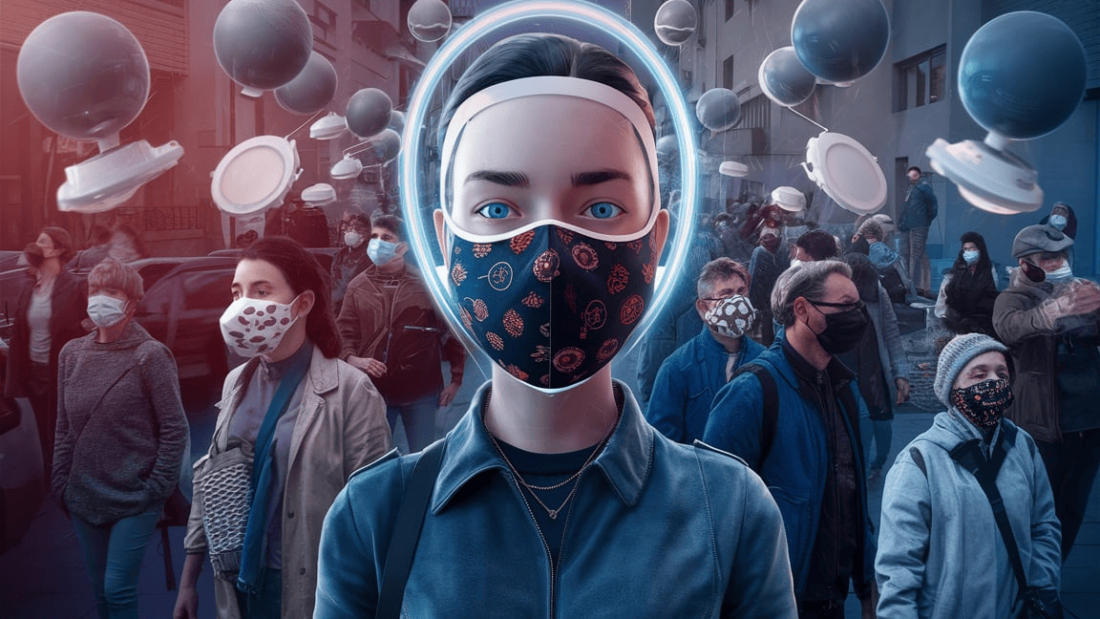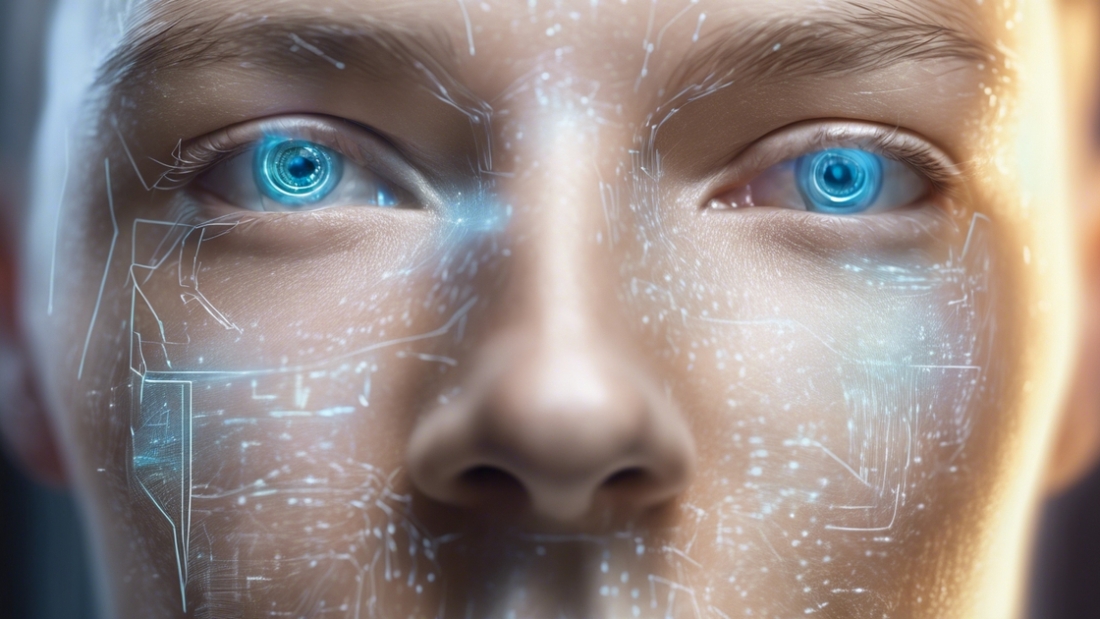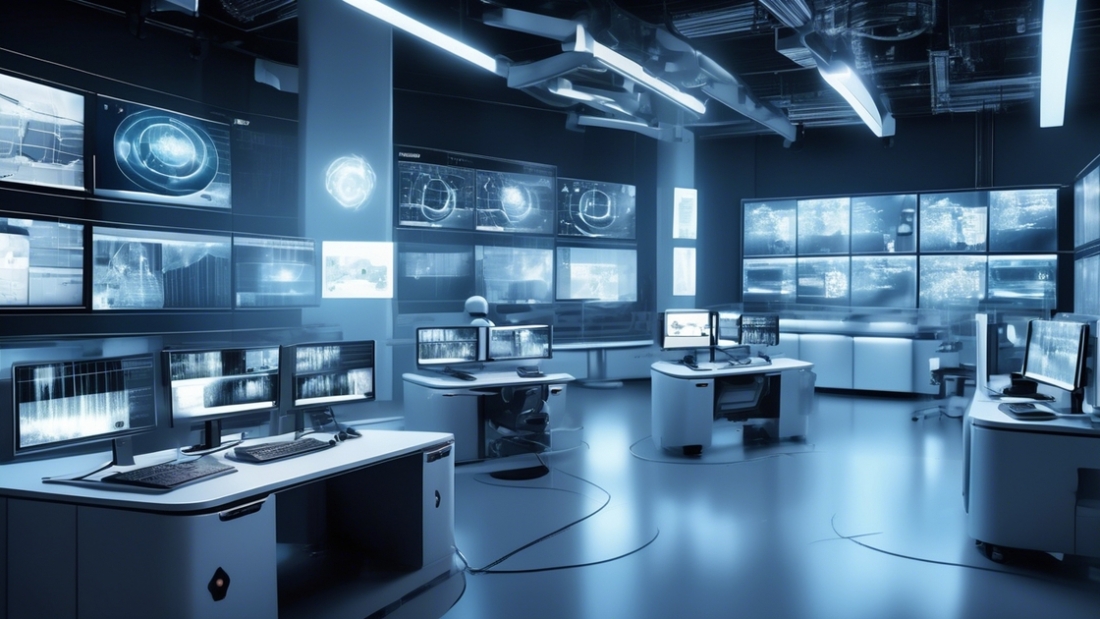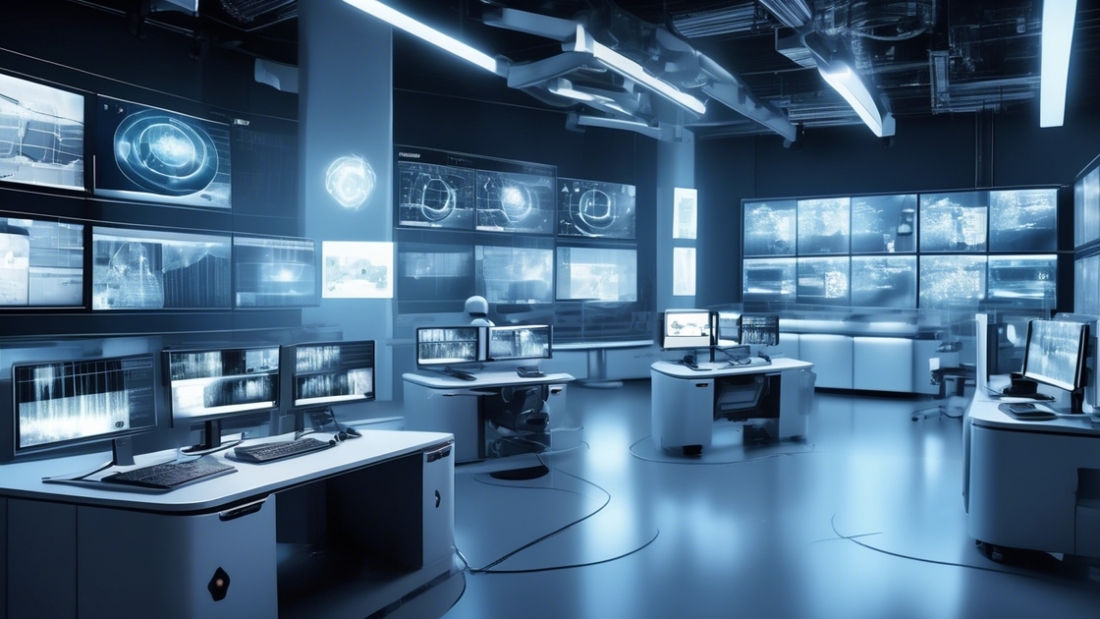In the realm of technology, face recognition stands as a groundbreaking innovation. This cutting-edge technology enables devices to identify and authenticate individuals based on their unique facial features. With roots tracing back to the 1960s, face recognition has evolved significantly over the decades, revolutionizing security systems, unlocking smartphones, and enhancing user experiences. Its applications span various industries, from law enforcement and banking to retail and healthcare, offering unparalleled convenience and security. As we delve into the intricacies of face recognition technology, we uncover its impact on society, privacy concerns, and the endless possibilities it holds for the future.
Key Takeaways
Implement Predictive Analytics: Utilize predictive analytics to enhance face recognition algorithms and improve accuracy. See our FaceSDK Performance.
Consider Ethical Implications: Address the ethical concerns surrounding face recognition technology by prioritizing privacy and consent.
Explore Diverse Applications: Learn about the wide range of applications for predictive face recognition, from security to personalized customer experiences.
Stay Informed on Future Trends: Keep abreast of emerging trends in predictive face recognition to adapt and innovate in this rapidly evolving field.
Balance Advantages and Challenges: Understand the advantages of predictive integration while being aware of the challenges such as bias and data security.
Handle Data Securely: Pay close attention to the technical aspects and data handling procedures to ensure the security and integrity of facial recognition data.
Evolution of Face Recognition
Origins
Facial recognition technology traces its roots back to the 1960s when scientists began exploring pattern recognition for biometric identification purposes. Early developments focused on extracting facial features to create templates for comparison.
The 1970s marked a significant milestone with the creation of the first facial recognition system by Woody Bledsoe, Helen Chan Wolf, and Charles Bisson. This system could identify faces from different angles and lighting conditions, laying the groundwork for future advancements.
Commercialization
In the 1990s, face recognition technology transitioned from research labs to commercial applications. Companies like Visionics Corporation pioneered the development of facial recognition systems for security and law enforcement purposes. This era saw an increased focus on improving accuracy and speed in face detection algorithms.
Key Point: The commercialization of face recognition technology in the 1990s paved the way for its widespread adoption in various industries, including banking, retail, and transportation.
DARPA and ARL’s Role
The Defense Advanced Research Projects Agency (DARPA) and the Army Research Laboratory (ARL) played a crucial role in advancing face recognition technology through the Face Recognition Technology (FERET) program. Launched in the mid-1990s, this initiative aimed to develop robust face recognition algorithms for military applications.
Under the FERET program, researchers collaborated to improve face detection and recognition capabilities under varying conditions such as pose, expression, and illumination. This collaborative effort led to significant advancements in facial recognition accuracy and performance metrics.
Viola-Jones Algorithm
One of the most notable breakthroughs in face detection algorithms came with the introduction of the Viola-Jones algorithm in 2001. Developed by Paul Viola and Michael Jones, this algorithm revolutionized real-time face detection in video footage by combining Haar-like features with cascade classifiers.
The Viola-Jones algorithm’s efficiency in detecting faces quickly and accurately made it a cornerstone in modern computer vision applications. Its widespread adoption across industries highlighted the importance of fast and reliable face detection for security, surveillance, and biometric authentication systems.
Key Point: The Viola-Jones algorithm’s impact on real-time face detection paved the way for enhanced video analytics capabilities in security cameras and smart devices.
Predictive Analytics Basics
Data Mining
Data mining plays a crucial role in predictive analytics for face recognition. It involves extracting patterns and information from large datasets to identify trends.
Utilizing data mining techniques, face recognition systems can analyze vast amounts of facial data to improve accuracy and speed.
Statistics
Statistics forms the foundation of predictive analytics by providing methods to analyze data and make predictions based on probability models.
By employing statistical tools, face recognition systems can quantify uncertainties and enhance decision-making processes.
Machine Learning
Machine learning is an integral part of predictive analytics, enabling algorithms to learn from data and make predictions or decisions without being explicitly programmed.
In face recognition technology, machine learning algorithms can continuously improve accuracy by adapting to new facial features.
Application in Face Recognition Systems
Predictive analytics enhances face recognition systems by leveraging historical data to predict future outcomes and optimize performance.
By integrating predictive analytics, face recognition technology can identify individuals accurately even in challenging conditions like varying lighting or angles.
- Predictive analytics enables face recognition systems to adapt in real-time, ensuring accurate identification under dynamic scenarios.
- By incorporating machine learning algorithms, face recognition systems can enhance security measures and streamline access control processes.
Enhancing Algorithms with Predictive Analytics
Deep Learning
Deep learning techniques play a crucial role in enhancing face recognition algorithms. By utilizing neural networks with multiple layers, deep learning algorithms can automatically learn features from raw data.
These advanced algorithms enable systems to recognize complex patterns and variations in facial features, leading to more accurate identification results. Through deep learning, face recognition technology can adapt and improve its performance over time.
Feature Extraction
Feature extraction is another key component of predictive analytics in face recognition. This process involves identifying and selecting essential characteristics from facial images for analysis and comparison.
By extracting relevant features such as the distance between key facial landmarks or unique textures, the algorithm can create a compact representation of each face. This streamlined data representation enhances the efficiency and accuracy of face matching processes.
Speed and Precision
Predictive analytics significantly enhances the speed and precision of face detection and matching processes. By leveraging advanced algorithms and techniques, facial recognition systems can quickly scan and analyze large datasets for identifying individuals.
The integration of predictive analytics ensures that face recognition systems deliver rapid responses without compromising accuracy. This optimization enables applications like security access control or automated attendance systems to operate seamlessly and efficiently.
Technical Aspects and Data Handling
Face Detection
Face recognition systems rely on sophisticated algorithms for face detection, which involves locating human faces in images or videos. This process is crucial for accurately identifying individuals.
Facial recognition technology uses complex mathematical models to detect facial landmarks like eyes, nose, and mouth. These models analyze pixel values to distinguish between different facial features.
Data Preprocessing
Data handling is vital for training accurate facial recognition models. Preprocessing techniques such as normalization and feature extraction are used to enhance the quality of input data.
Before training, data augmentation methods are applied to increase the diversity of the dataset. This helps the model generalize better and improve its performance on unseen faces.
Challenges in Data Management
Managing large datasets poses challenges in face recognition applications. Storing, processing, and accessing vast amounts of data require high-performance computing resources.
Ensuring data privacy is a critical concern when dealing with sensitive biometric information. Encryption techniques and secure storage protocols are essential to protect individuals’ personal data.
Pros and Cons
Pros:
- Accurate identification of individuals.
- Enhanced security measures in various industries.
Cons:
- Privacy concerns regarding biometric data.
- Potential risks of unauthorized access to sensitive information.
Diverse Applications and Case Studies
Industries
Face recognition technology finds diverse applications across various industries, enhancing security measures and streamlining processes. In the security sector, it enables access control systems to restrict unauthorized entry effectively. In healthcare, facial recognition aids in patient identification, ensuring accurate medical records and enhancing personalized care. Moreover, in retail, this technology is utilized for customer analytics, enabling targeted marketing strategies based on demographic data.
Case Studies
Successful implementations of face recognition technology are evident in numerous case studies. For instance, in access control, airports have adopted facial recognition for seamless boarding processes, reducing wait times and enhancing security measures. Similarly, in identity verification, financial institutions utilize this technology to verify customers’ identities swiftly and securely, preventing fraud effectively.
Revolutionizing Customer Experiences
Face recognition is revolutionizing customer experiences by personalizing services across diverse sectors. In the hospitality industry, hotels use facial recognition for express check-ins, offering a seamless and efficient experience for guests. In the entertainment sector, theme parks employ this technology for ticketless entry and personalized interactions with visitors, enhancing overall guest satisfaction.
Advantages of Predictive Integration
Enhanced Accuracy
Integrating predictive analytics with face recognition systems leads to enhanced accuracy by analyzing patterns and trends in facial data. This results in more precise identification and authentication processes.
Improved Efficiency
By incorporating predictive analytics, face recognition systems achieve improved efficiency through optimized workflows and reduced false positives. This streamlines operations and enhances user experience.
Proactive Decision-Making
Predictive integration enables proactive decision-making in facial recognition applications by forecasting potential outcomes based on historical data. This empowers organizations to anticipate and respond to situations effectively.
Predictive Maintenance
Facial recognition systems benefit from predictive maintenance facilitated by predictive analytics. By predicting equipment failures or issues in advance, organizations can schedule timely maintenance, ensuring uninterrupted operation.
Competitive Advantage
Organizations leveraging predictive analytics in face recognition technology gain a significant competitive advantage. By staying ahead of trends and patterns, they can innovate faster, offer superior services, and adapt to changing market demands efficiently.
Challenges and Ethical Concerns
Privacy Concerns
Facial recognition technology raises significant privacy concerns as it involves the collection and storage of biometric data, which can be misused or compromised. Individuals are often unaware of when their data is being captured, leading to potential privacy infringements.
The technology’s ability to track individuals without their consent has sparked debates on personal autonomy and surveillance, especially in public spaces where people expect a certain level of anonymity.
Bias and Discrimination
One of the major ethical dilemmas associated with facial recognition is its susceptibility to bias and discrimination. Algorithms may exhibit racial or gender biases, leading to inaccurate identifications and unjust consequences for certain demographic groups.
Instances of misidentification based on race or ethnicity have been documented, highlighting the urgent need for algorithmic fairness and unbiased training datasets in face recognition systems.
Data Security Challenges
Ensuring the security of biometric data stored in facial recognition databases is a critical challenge. Unauthorized access to such sensitive information can result in identity theft, financial fraud, or even surveillance abuses.
Encryption techniques and robust cybersecurity measures must be implemented to safeguard biometric data from breaches and cyber attacks, maintaining the trust and confidence of users in face recognition technologies.
Algorithmic Transparency
The lack of transparency in facial recognition algorithms poses challenges in understanding how decisions are made and ensuring accountability for errors or biases. The opacity of these algorithms raises concerns about fairness, accuracy, and potential misuse.
Establishing standards for algorithmic transparency and explainability is essential to enhance public trust in face recognition systems and enable independent audits to verify their performance and compliance with ethical standards.
Regulatory Compliance
Regulatory frameworks for facial recognition technology are still evolving, creating uncertainties around legal obligations and accountability. The absence of clear guidelines can lead to inconsistent practices in data handling, usage limitations, and user consent requirements.
Governments worldwide are grappling with the task of developing comprehensive regulations that balance innovation with privacy protection, addressing the ethical implications of face recognition deployment across various sectors.
Future Trends in Predictive Face Recognition
Deep Learning Advancements
Face recognition technology is rapidly evolving, with increased adoption of deep learning algorithms. These advanced algorithms enhance accuracy by analyzing intricate facial features.
The integration of deep learning enables face recognition systems to continuously learn and improve their performance over time. This results in higher precision and efficiency in identifying individuals, making the technology more reliable for various applications.
AI-Driven Solutions
AI-driven solutions are reshaping the landscape of face recognition technology. By leveraging artificial intelligence, these systems can automate complex processes and adapt to changing environments swiftly.
AI algorithms enable predictive face recognition to handle large datasets efficiently, leading to quicker identification processes. The enhanced speed and accuracy offered by AI-driven solutions make them invaluable for security, surveillance, and access control applications.
Emotion Recognition Integration
One of the exciting future trends in predictive face recognition is the integration of emotion recognition capabilities. By detecting subtle facial expressions, these systems can interpret emotions and tailor responses accordingly.
Emotion recognition adds a new dimension to face recognition technology, allowing for personalized interactions based on detected emotions. This advancement has significant implications for customer service, healthcare, and marketing industries.
Behavior Analysis Enhancement
Another promising development in predictive face recognition is behavior analysis integration. By analyzing facial movements and gestures, these systems can predict actions and intentions based on behavioral patterns.
Behavior analysis enhances the predictive capabilities of face recognition technology, enabling proactive responses in various scenarios. From security monitoring to personalized recommendations, this advancement opens up new possibilities for user experiences.
Impact on Evolution of Applications
The convergence of deep learning, AI-driven solutions, emotion recognition, and behavior analysis is poised to revolutionize face recognition applications. These advancements will lead to smarter, more intuitive systems that cater to diverse needs.
The evolution of face recognition technology will not only improve security measures but also enhance user experiences across industries. From personalized services to seamless interactions, the potential impact of emerging technologies is vast.
Closing Thoughts
You’ve delved into the evolution of face recognition, seen how predictive analytics enhances algorithms, and explored its diverse applications. Understanding the technical aspects and data handling involved has shed light on the advantages and challenges faced in this field. Looking ahead, future trends indicate exciting possibilities for predictive face recognition technologies.
As you continue to navigate the realm of face recognition and predictive analytics, stay informed about ethical considerations and be prepared to adapt to emerging trends. Embrace the opportunities these technologies offer while remaining vigilant about potential pitfalls. Your engagement with this evolving landscape can shape the ethical and practical implementation of predictive face recognition. Keep exploring, learning, and contributing to the responsible advancement of this transformative technology. Check our Github Repository.
Frequently Asked Questions
What are the key technical aspects involved in face recognition algorithms?
Face recognition algorithms involve pattern recognition, feature extraction, and matching techniques. They use deep learning models and neural networks to analyze facial features and patterns for accurate identification.
How can predictive analytics enhance face recognition algorithms?
Predictive analytics can improve face recognition by analyzing historical data to predict future trends and patterns. By leveraging predictive models, algorithms can adapt and optimize performance based on changing conditions.
What are some common applications of face recognition technology?
Face recognition technology is used in security systems, access control, law enforcement, identity verification, and personalized marketing. It also finds applications in healthcare for patient identification and monitoring.
What advantages does predictive integration offer in face recognition systems?
Predictive integration enhances accuracy, efficiency, and adaptability of face recognition systems. It enables proactive decision-making, improves user experience, and optimizes resource allocation for better overall performance.
What ethical concerns are associated with the use of face recognition technology?
Ethical concerns include privacy violations, potential misuse of personal data, bias in algorithm training data, and lack of transparency in decision-making processes. Addressing these concerns is crucial for responsible deployment of face recognition technology.
